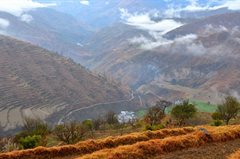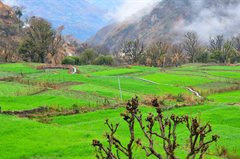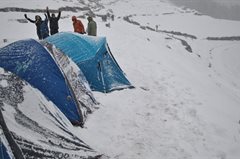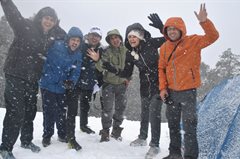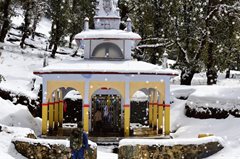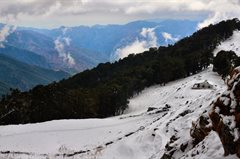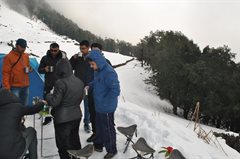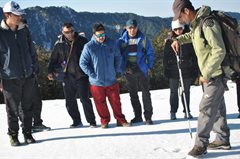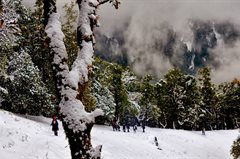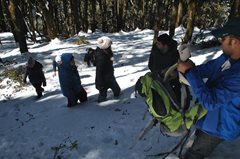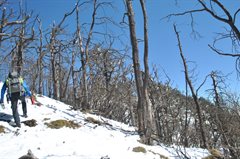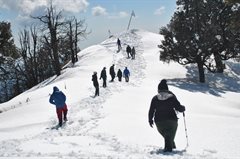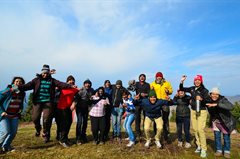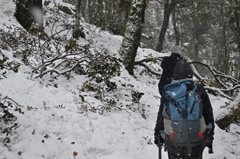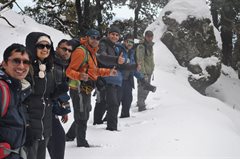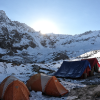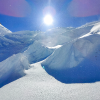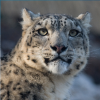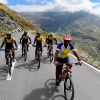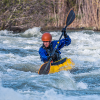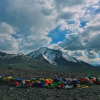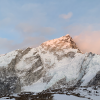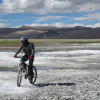Nag Tibba Trek
The Perfect Weekend Getaway
Available Batches
Brief Description
Brief Itinerary
Detailed Itinerary
Day 1
Drive to Pantwari & trek to Nag Mandir campsite (2325 m)
Distance: 90 kms + 5.5 kms
Duration: 4 hours drive + 4-5 hours trek
The journey begins at 7AM from the Dehradun bus stand. The drive to Pantwari (approximately 90kms) takes around 3-4 hours to cover, gaining an altitude of about 1400 m.
We will be driving through the Queen of hills – Mussoorie and passing by the lovely Kempty Falls along the way. Swift mountain streams run parallel to the roads in many sections. Although the journey is a charming one to behold, the roads can be rather coiled with sharp turns and steep climbs.
After crossing Mussoorie, the roads become emptier, the gorges on the sides seem bottomless and the mountains more rugged & lofty. We will be taking a quick halt on the way to freshen up and have breakfast.
Expect to be at Pantwari, the starting point, by 11 am. We will begin our trek to Nag Mandir as soon as we reach here. Packed lunches will be provided for this day.
The trail to the Nag Mandir campsite stretches over 5.5 kms and will take approximately 4-5 hours to cover. It begins with 2 kms of an uphill trudge on a cemented path that goes through the village market. Soon this path translates to a rocky uneven trail.
All along, one can enjoy the mesmerising views of the layered mountains, the small village of Pantwari lying down in the valley below & patches of farmlands on the way.
The next 1-1.5kms is a dry and narrow shepherd’s trail with gradual ascents and descents. After this the trail nosedives into a dense canopy of Oak and Rhododendron forests that allows only a little sunlight in. The red and pink flowers of the rhododendrons don’t bloom in the winters.
The path inside the forest can be snow-laden in some sections. After trekking for 1 km, the forest finally opens up to a small patch of land. A structure of a temple sits at the heart of this clearing. This is the famous Nag Mandir. We will be setting up camp here for the day.
The campsite offers panoramic views of a snow-covered Himalayan range at the horizon (on clear days).
Tip: The sunsets and starlit night skies are lovely at this campsite. The temperatures can dip down to -7 degrees in the winters. So please ensure you are layered well.
Note: In the winters, when the snow is heavy, we may set up camp at Khatian; a camping ground 2kms before Nag Mandir.
Day 2
Nag Mandir campsite (2325 m) to Nag Tibba Summit (3022 m) & back to campsite
Distance: 2 kms + 2 kms
Duration: 2-3 hours + 2-3 hours
The morning begins quite early. After having breakfast, we start the trek around 6AM and carry packed lunches along. The trekkers are also briefly trained for the ascent on the snow trail.
Beyond the Nag Mandir base, the trail climbs steeply uphill making the stretch a demanding one to navigate, especially with the snow. Since this stretch is thickly forested and barely gets any sunlight, the snow does not melt easily even during day time.
Usually, the snow is soft, granular in texture and ankle deep requiring the trekker to pull through at every step. During extremely cold days, the snow can even be knee deep.
Eventually, the trail turns through a ridge and the views finally start to open up towards the summit.
The Nag Tibba summit throws itself open to expansive views of some of the major Himalayan peaks like Swargarohini, Nanda Devi, Black Peak & Banderpoonch. Nag Tibba is one of those rare treks that allow a 180-270 degree summit view of the snow-clad Garhwal ranges on the second day itself.
We pause for a long break at the summit and have our lunch there as well. We then begin the descent towards the campsite by the same forest route we took to the summit.
Day 3
Nag Mandir Campsite to Pantwari (1400 m) & drive back to Dehradun Bus Stand
Distance: 5.5 kms + 90 kms
Duration: 3-4 hours trek + 4 hours drive
We start the day in the morning and prepare for a quick descent to Pantwari post breakfast. This would take around 3 hours to cover considering it is a downhill trek. We would arrive in Pantwari by 2PM and begin the drive to Dehradun at 3PM. It takes about 4 hours (7 PM) to reach the city. This would conclude our Nag Tibba winter trek.
Note: To be on the safer side though, arrange your return journey expecting to be at the Dehradun Bus Stand at around 9 PM. This could help account for any delays we may run into along the way.
What's Included
- Food as per menu on the trek (Starting Lunch on Day 1)
- Forest Permits/Camping Charges , if any (Upto the amount charged for Indian nationals)
- Tents, Sleeping bags, mats
- Safety Equipment
- Trek guide, cook, helpers.
- Porters or mules for carrying common luggage
- Services of a Trek Leader
What's Not Included
- Meals during road journeys
- Cost of any kind of travel insurance
- Any expense of personal nature
- Any expense not specified in the inclusion list
- Portage of personal rucksacks
- Transportation from Dehradun to Pantwari and back to Dehradun.
Are you Eligible for this Adventure?
Nag Tibba is a breathtaking trek resting at 3022 M in the Garhwal Himalayas of Uttarakhand. Stretching over 19 km, this trek is ideal for beginners and can be attempted by anyone with a basic level of fitness seeking a weekend adventure.
BRS Level Required
Since it is a beginner’s trek, you need no special prior experience. Although any high-altitude trek requires a certain level of stamina and physical endurance.
If you do not know what level of BRS trek would suit you best, worry not! Fill out this Form:
we will send you a progression chart to help you comfortably get out of your comfort zone in order to level up and ultimately reach your highest potential in the big, bad world of outdoor adventure.
Packing List
This is a list of essential items for individuals doing the trek with Bikat Adventures. This list contains only those items which the participants are required to bring with them. The list excludes those items which are provided by Bikat Adventures on the trek. We have divided the items into five categories. All the items in the list are essential except for those marked as optional.
Trekking Gear
- Ruck sack bag with rain cover. Qty -1
- Day Pack Bag - Recommended for treks with summit day
- Head Torch with spare Batteries. Qty -1
- U V protection sunglasses. Qty -1 Here is how you can choose the best sunglasses for trekking.
- Water Bottles: 2 bottles of 1 liter each
Footwear
- Non-skid, deep treaded, high-ankle trekking shoes Qty -1
- Pair of light weight Slipper/Sandals Qty -1
Clothing
- Quick Dry Warm lower or Track Pants. Qty - 2
- Full sleeves T-shirts/ Sweatshirts. 1 for every 2 days of trekking
- Pair of thick woolen socks. 1 pair for every two days of trekking
- Thermal Body warmer Upper & Lower. Qty-1
- Undergarments. Qty - 1 for every day of trekking
- Warm jacket closed at wrist & neck .Qty-1
- Full sleeves sweater. Qty -1
- Rain wear ( Jacket & Pants ) . Qty-1
- Pair of waterproof, warm gloves. Qty-1
- Woolen cap. Qty-1
- Sun shielding Hat. Qty -1
Toiletries
- Personal toiletries kit (Small Towel, Toilet paper, paper soap, Bar soap, toothbrush, toothpaste, cold cream, etc.)
- Sun screen lotion small pack. Qty -1 Here is your Sun Protection 101 to stay safe in the bright sunny outdoors.
- Lip Balm small pack. Qty-1
Utensils
- Small size, Light weight & Leak proof lunch box. Qty-1
- Plate. Qty- 1
- Spoon.Qty-1
- Tea/Coffee (plastic) Mug.Qty-1
Miscellaneous
- Camera (Optional)
- Carry your medicines in plenty in case you have any specific ailment. Consult your doctor before joining the trek.
- Dry fruits, Nuts, Chocolate bars (Optional)
Frequently Asked Questions
Why Bikat?
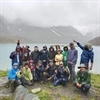

Small Group Size
Our batch sizes are capped at 15 for smaller treks with the trek leader and trekker ratio of 1:8. This ratio, in our years of experience, has proven to deliver the best trekking experience for individuals as well as groups. Capping the size of the group ensures individual attention to each trekker so that no signs of distress or need during the trek go unnoticed. It also helps to form a more cohesive cohort with better group energy which helps define the rhythm and pace of days on the trek. As you go higher up on the BRS scale, since the stakes are higher, expeditions have an even smaller group size with the ratio of expedition leader to climber set at 1:2.
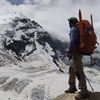

Qualified Trek Leaders
We follow a rigorous regime of hiring and training our experts in the field. Each trek leader is a certified mountaineer with years of experience in the field. In addition to their qualification, they also go through practical and situational training to tackle any and all kinds of sudden conditions that may present themselves on the ground. Being unpredictable is the core nature of the mountains but being ready for any circumstance as best as possible is a controllable asset that we try to nurture. Our field experts are also trained in basic medicine and first-aid response. Watch: Forerunners - The Making of A Trek Leader At Bikat Adventures
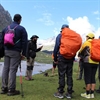

Guided Progression
Since Bikat Adventures is a learning-based organization, we help you climb up the ladder of difficulty within the sphere of outdoor adventure systematically. Our on-ground training modules are designed to handhold you through the upskilling process so that you are ready to take on bigger challenges.
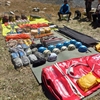

Equipment Quality and Check
All the gear used on our treks and expeditions is tried and tested, maintained for good quality, and is overall top-notch in quality and condition. We are continually looking to obtain the best of everything there is in the market so as to ensure optimum safety.
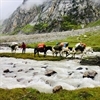

Support Systems
Along with the staff you see on-ground, we have a team of superheroes working in the background to give you the best experience possible. Our background team also comprises local staff from each area who know the region best. Having local support helps with studying the area, pre-planning, execution, and in receiving timely support in case of emergencies in these remote locations.
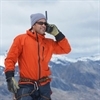

Communication
Our on-field staff is in constant contact with our teams based in primary locations so as to eliminate any avoidable delay in reaching additional help and support when required. We try to use the best tools for communication available, including satellite phones, in regions where they are not restricted.
What our customers Say
Cancellation Policy
Cash refund
Cancellations up to 60 days prior to departure date
Between 60 days upto 30 days prior to departure date
Between 30 days upto 10 days prior to departure date
Less than 10 days prior to departure date
Voucher refund
Cancellations up to 30 days prior to departure date
Between 30 days upto 15 days prior to departure date
Between 15 days upto 10 days prior to departure date
Less 10 days prior to departure date
- Cash refund is applicable only in case of bookings made without using any promotional offer code or Cancellation Vouchers or Discounts
- This is only a brief of cancellation terms. For finer details please refer Detailed Cancellation Policy.
Blog Posts
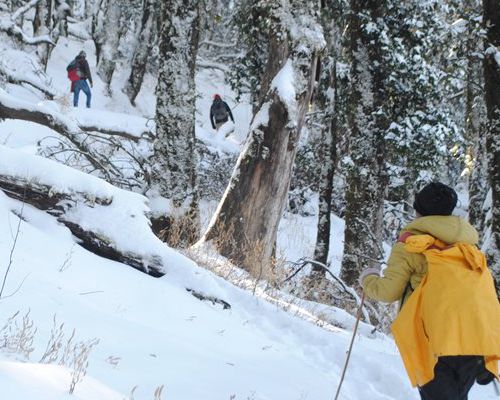
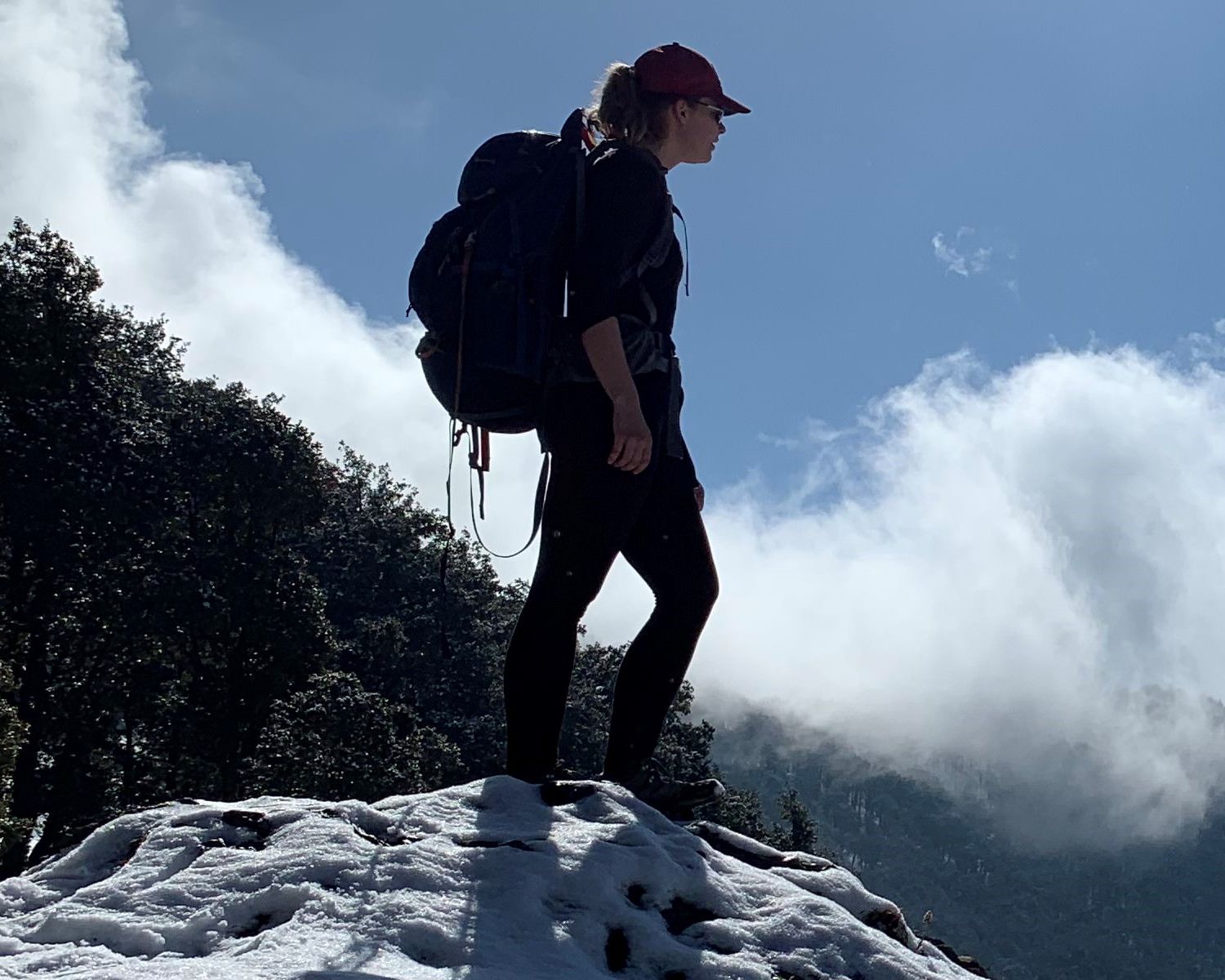
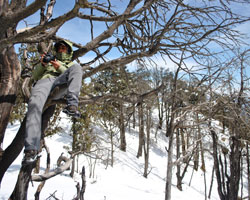

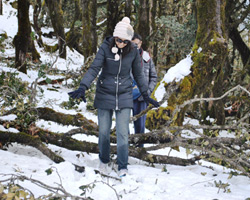
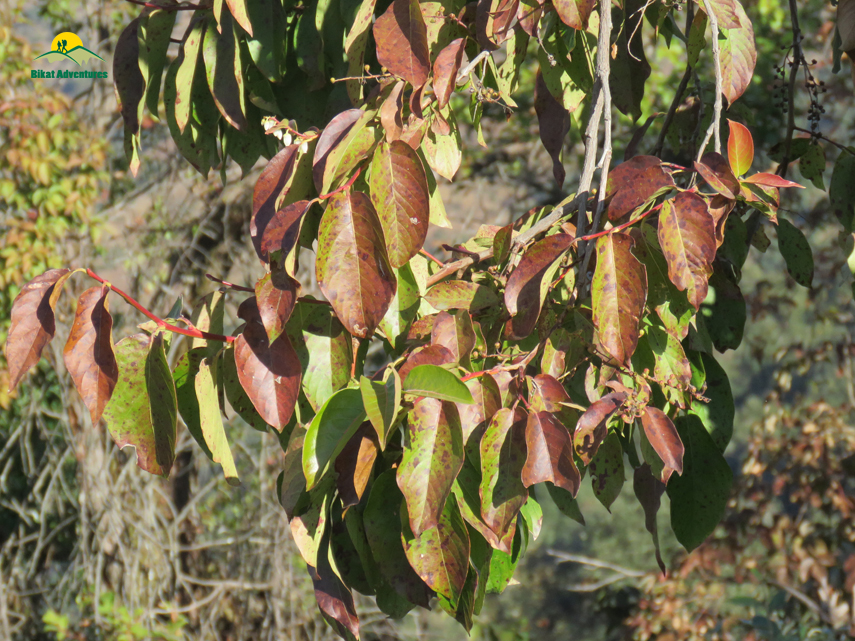
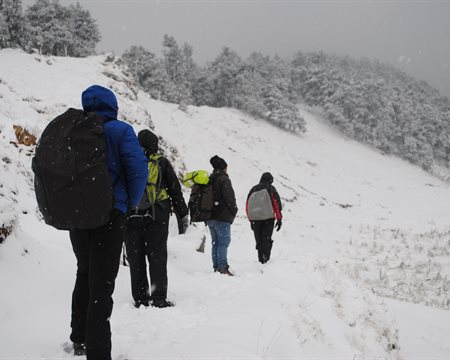
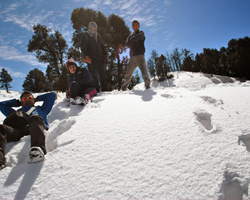
Similar Adventures
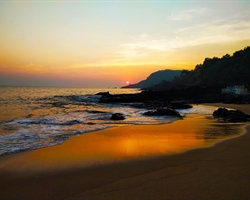
Kumta Gokarna Beach Trek
Karnataka
3 Days
BRS 1
22 m
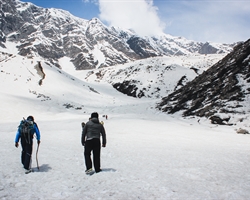
Beas Kund Trek
A Beginners' Delight that takes you to the source of River Beas
Himachal
3 Days
BRS 2
3700 m
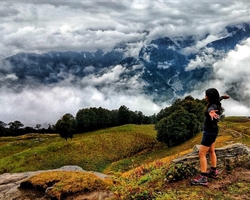
Bhrigu Lake Trek
A Weekend Escapade into the prettiest grassland of Himachal
Himachal
3 Days
BRS 2
4267 m
